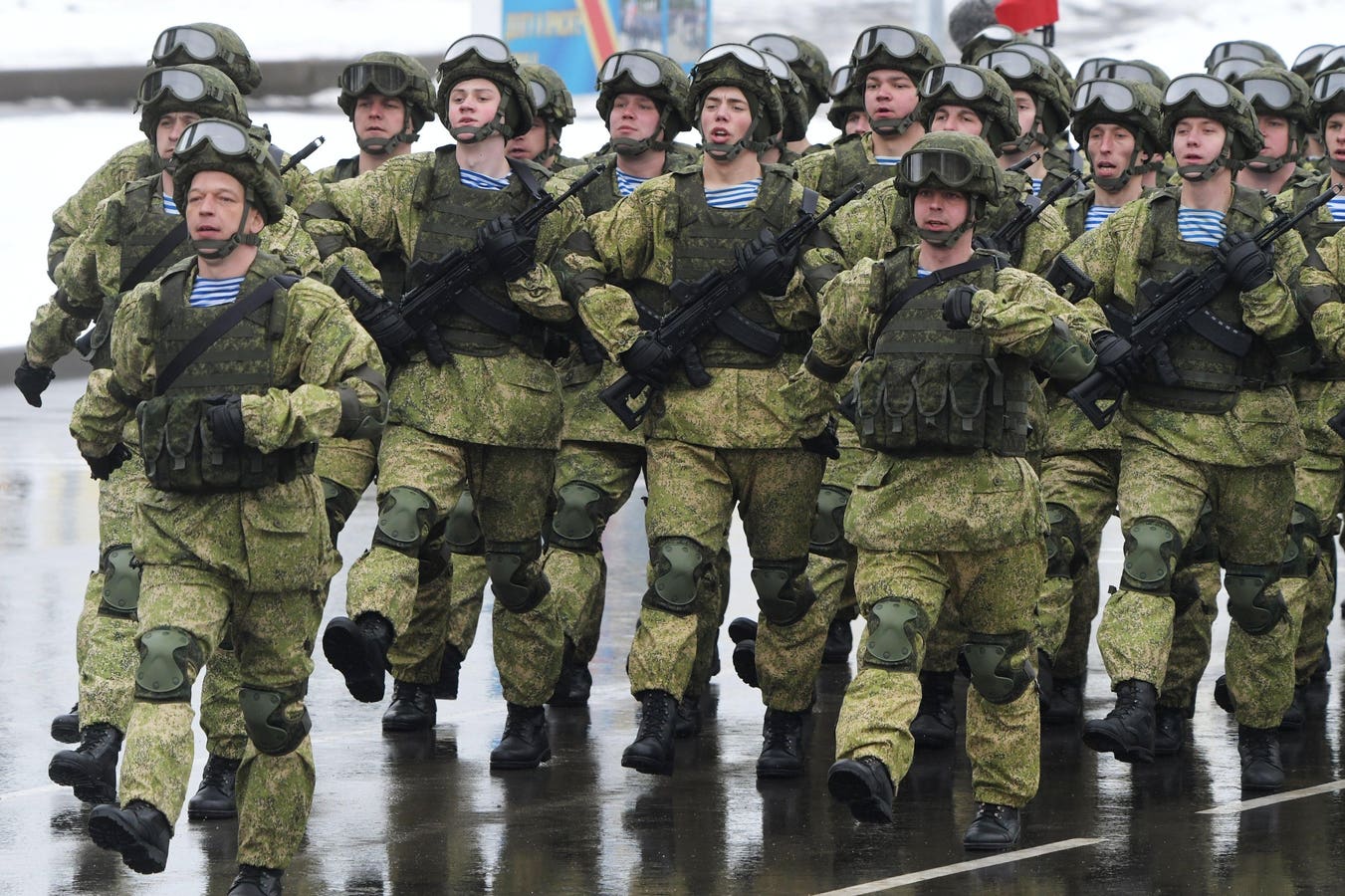The 104th Air Assault Division was supposed to save the Russian campaign on the left bank of the Dnipro River in southern Ukraine.
Instead, the newly-formed division “suffered exceptionally heavy losses and failed to achieve its objectives during its combat debut,” the U.K. Defense Ministry reported.
Two months ago, Ukrainian marines from the 35th Brigade motored across the Dnipro and, under the cover of artillery, drones and intensive radio-jamming, secured a bridgehead in the settlement of Krynky on the otherwise Russian-held left bank.
It’s a new front in the war—one the Ukrainians hope eventually to exploit in order to push Russian occupiers from southern Ukraine.
Russian marines, reinforced by an army motorized regiment, failed to dislodge the Ukrainians. So after some cursory training in September and October, the airborne corps’ 104th Division arrived in southern Ukraine—and took the lead.
The 104th, the new fifth division in what usually is a four-division Russian airborne corps, was supposed to make good the corps’ heavy losses in the first 22 months of Russia’s wider war on Ukraine.
Instead, the approximately 2,000-person division itself became a casualty of an escalating war of attrition. The division “was reportedly poorly supported by air power and artillery, while many of the troops were highly likely inexperienced,” the ministry in London explained.
It’s unclear how many Ukrainian marines are in Krynky and the surrounding forest. Some Russian sources estimate the landing force at just 200 or 300 marines.
These hundreds of marines—and the drone-operators, artillery gunners and electronic-warfare troops who support them—have held out against thousands of Russians. First marines from the 810th Brigade. Then soldiers from the 70th Motor Rifle Division. And now the paratroopers from the 104th Division.
How the Ukrainians have held out, despite being badly outnumbered and facing relentless bombardment from the ground and the air, by now is no secret. In the weeks before the 35th Brigade crossed the Dnipro, Ukrainian gunners and drone crews struck Russian radio-jamming gear on the left bank while Ukrainian E.W. specialists set up their own jammers.
The result is a dead zone over Krynky for Russian drones—a free-fire zone for Ukraine’s drones. Vehicles and infantry get hit from the air within minutes of breaking cover. “The situation in the Krynky area is only getting worse for us,” one Russian observer wrote.
That the Ukrainian marines are holding in Krynky, and beating the 104th Division, doesn’t mean they’re about to break out into southern Kherson Oblast and make a run toward Crimea. In the weeks since Kyiv’s southern counteroffensive culminated, Ukrainian brigades—having exhausted their offensive combat power—have shifted from offense to defense.
Russian forces meanwhile have gone on the attack—and are having more luck in the east, where Russian supply lines are short, than they are in the south where people and supplies must move by rail over hundreds of miles.
But in holding Krynky, the Ukrainians hold open the option of eventually launching an offensive from that bridgehead.
That possibility clearly matters, a lot, to the Ukrainian general staff in Kyiv. It’s obvious Ukrainian leaders have concentrated many of their best radio-jammers, and a significant portion of their explosives-laden drones, to the Krynky fight. Perhaps at the expense of defensive efforts in eastern sectors, such as that around Avdiivka.
Read the full article here





